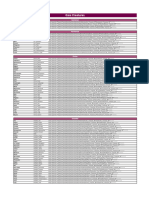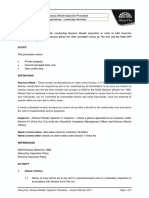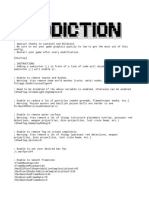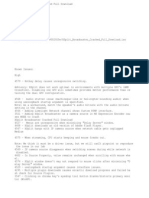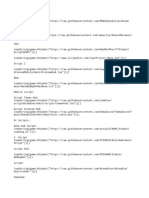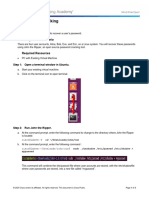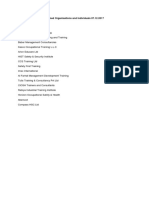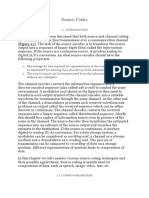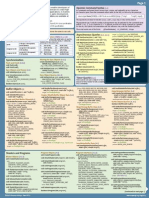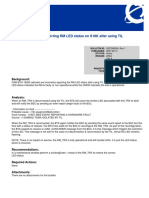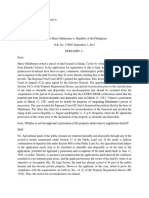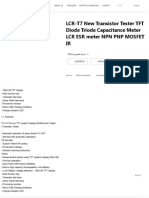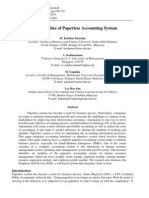0% found this document useful (0 votes)
485 views5 pagesBlender Source Code Struct Analysis
The document analyzes the Blender source code related to DNA (Blender Data Nucleic Acid) structures. It describes key DNA structs like LISTBASE that form the foundation of linked lists in Blender. It also covers low-level DNA functions for decoding .blend files and converting between different versions of the Blender source code DNA definitions. Functions like DNA_elem_array_size are described that parse array sizes from struct member names.
Uploaded by
Ricky GCopyright
© © All Rights Reserved
We take content rights seriously. If you suspect this is your content, claim it here.
Available Formats
Download as PDF, TXT or read online on Scribd
0% found this document useful (0 votes)
485 views5 pagesBlender Source Code Struct Analysis
The document analyzes the Blender source code related to DNA (Blender Data Nucleic Acid) structures. It describes key DNA structs like LISTBASE that form the foundation of linked lists in Blender. It also covers low-level DNA functions for decoding .blend files and converting between different versions of the Blender source code DNA definitions. Functions like DNA_elem_array_size are described that parse array sizes from struct member names.
Uploaded by
Ricky GCopyright
© © All Rights Reserved
We take content rights seriously. If you suspect this is your content, claim it here.
Available Formats
Download as PDF, TXT or read online on Scribd
/ 5


